What is a pocket sprung mattress? Your expert guide
For responsive support with minimal motion transfer, try a pocket sprung mattress – I've outlined the pros and cons to help you shop smart
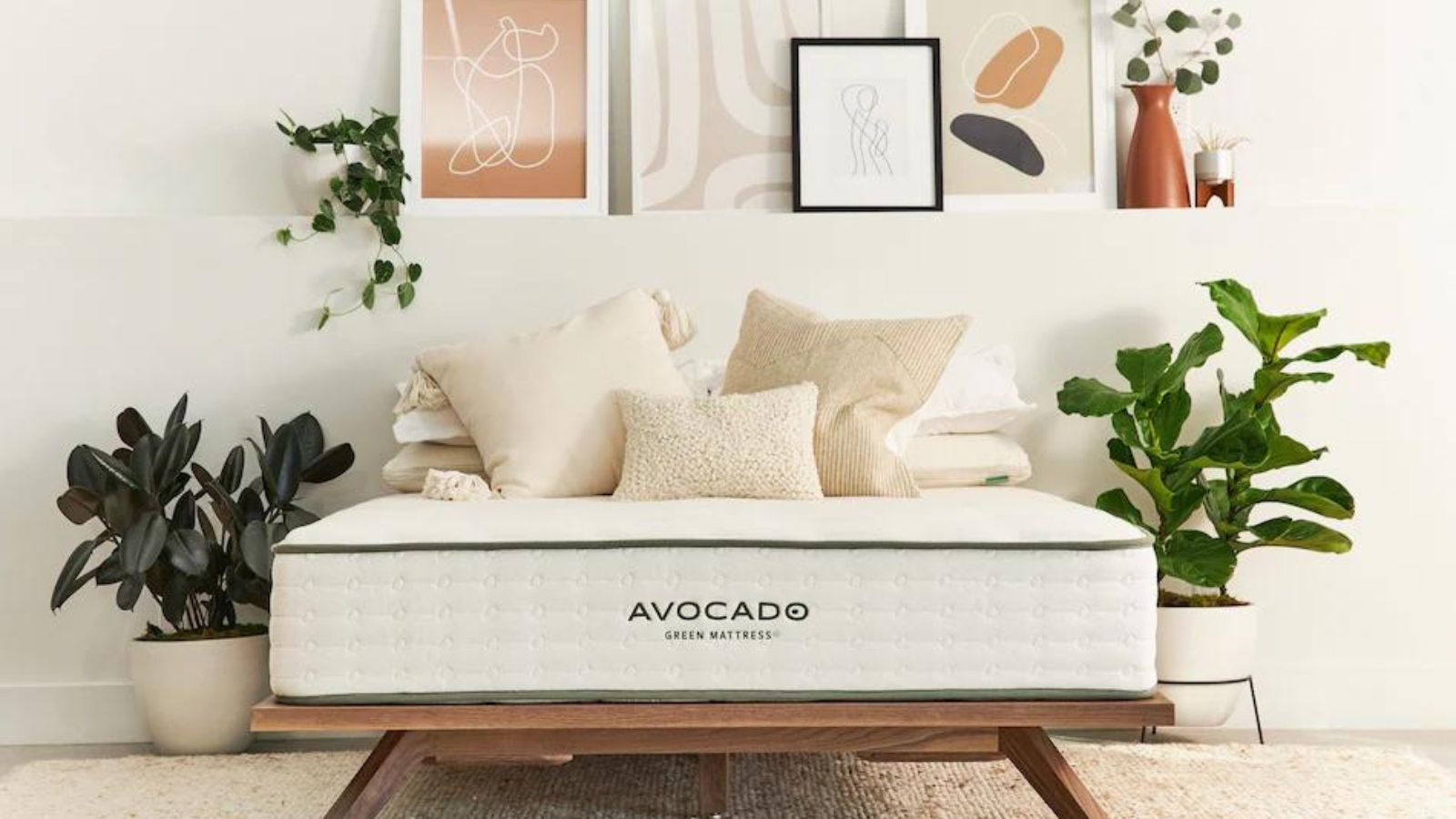

A pocket sprung mattress is a twist on a classic spring mattress. It's more breathable than memory foam, more affordable than a high-tech hybrid, and more comfortable than your average innerspring.
Out of all the mattress types, a pocket sprung mattress is ideal for hot sleepers, those of us who appreciate some firm support, plus anyone who shares a bed with a pet or a partner. With that said, even the best pocket sprung mattress won't suit everyone and many are past their prime.
As H&G's specialist sleep writer, I lead the search to find the best mattress on the market. For four years and counting, the world's best bed is a pocket sprung mattress. I asked sleep scientists and medical professionals to outline the pros and cons of a pocket sprung mattress so that you can decide whether it's the right fit for you.
What is a pocket spung mattress?
Here at H&G, we assess every bed against the same criteria: comfort; support; cooling properties; motion isolation; edge support; and weight bearing capacity. I would expect a pocket sprung mattress to score highly for support, breathability, and motion isolation. In order to understand why, we need to define our terms.
What is a pocket sprung mattress?

A pocket sprung mattress is one variety of an innerspring mattress. The bed is filled with metal coils, usually made from steel for its strength and flexibility, then individually wrapped in fabric.
You can buy a pocket sprung mattress in its own right or you can buy a hybrid mattress with a pocket sprung base. That way, you can still experience the plush comfort of memory foam or the supple response of latex with the benefit of a solid, supportive pocket sprung base.
When you're shopping for a mattress with springs, you'll hear a lot about 'coil count', which refers to the number of coils inside a mattress. Some beds are filled with several thousand springs, which sounds impressive, but I think it's overkill: all you need is around 400 coils to bear your body weight and spring back into shape.
Design expertise in your inbox – from inspiring decorating ideas and beautiful celebrity homes to practical gardening advice and shopping round-ups.
What matters more is 'gauge', which indicates the thickness of the wire used in the coils. Gauge is rated numerically, where lower numbers denote thicker wire and firmer beds. Which gauge is best for you all depends on your sleep position. I'd recommend a firmer mattress, with a gauge around 12 or 13, for front and back sleepers, while side sleepers will feel more comfortable on a softer surface, with a gauge around 14 or 15.
What are the pros of a pocket spring mattress?
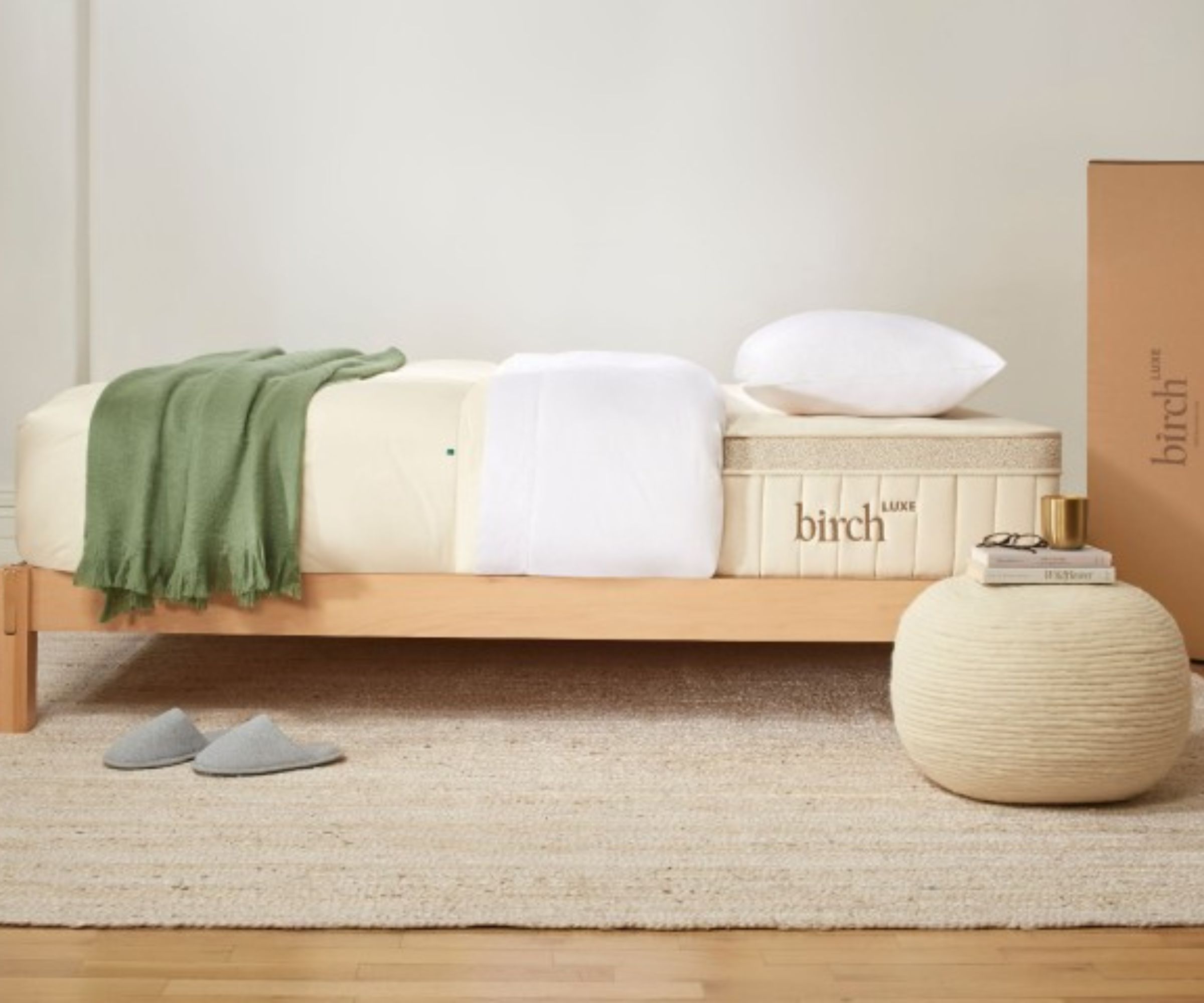
A pocket sprung mattress offers much better motion isolation than your average innerspring. The fact that the coils are individually wrapped in fabric minimizes the amount of motion transfer between the springs. It's far easier to share a pocket sprung mattress with a pet or partner: you don't need to worry that they'll wake you up in the night.
I asked Theresa Schnorbach, a leading sleep scientist for Emma, what she likes best about pocket sprung mattresses. She says that individual springs helps to 'reduce the impact of weight on the mattress for greater comfort and increased durability'.
'Pocket springs offer targeted support that adjusts to your body's unique contours, helping align the spine, as each spring works independently,' says Theresa. A pocket sprung mattress promotes even weight distribution across the bed, taking some pressure off your joints, which is good news for anyone who suffers from chronic pain.
A pocket sprung mattress would also make a good bed for a hot sleeper. 'The open structure of the springs promotes airflow, which helps to regulate temperature,' explains Theresa. If you suffer from night sweats or hot flashes, you could always dress your bed with the best cooling sheets.

Theresa works as the Senior Team Lead for Sleep Research in the Research & Development team at Emma, the box mattress brand. She wrote her Master's thesis on sleep optimization to improve emotional well-being.
I've combed through our back catalog of reviews to bring you the best pocket sprung mattresses on the market. I've got classic innersprings, luxury latex beds, and affordable hybrids to meet every conceivable sleep need.
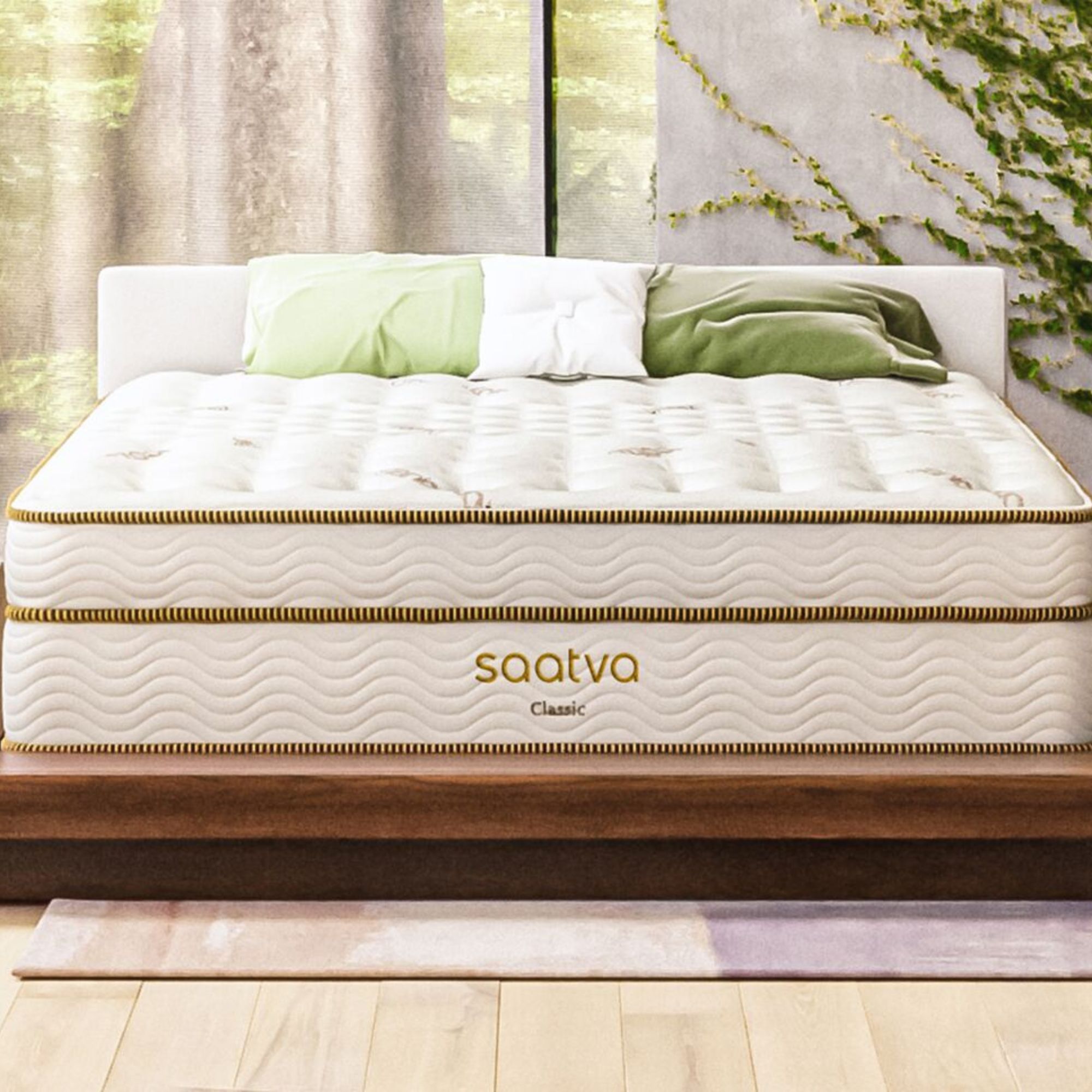
The Saatva Classic Mattress is still the best bed we've ever tested: it's topped our list for the best mattress four years in a row. The pocketed coils are arranged in ergonomic zones to target each area of your body with specialized support.
You can find more detail in our Saatva Classic Mattress review.
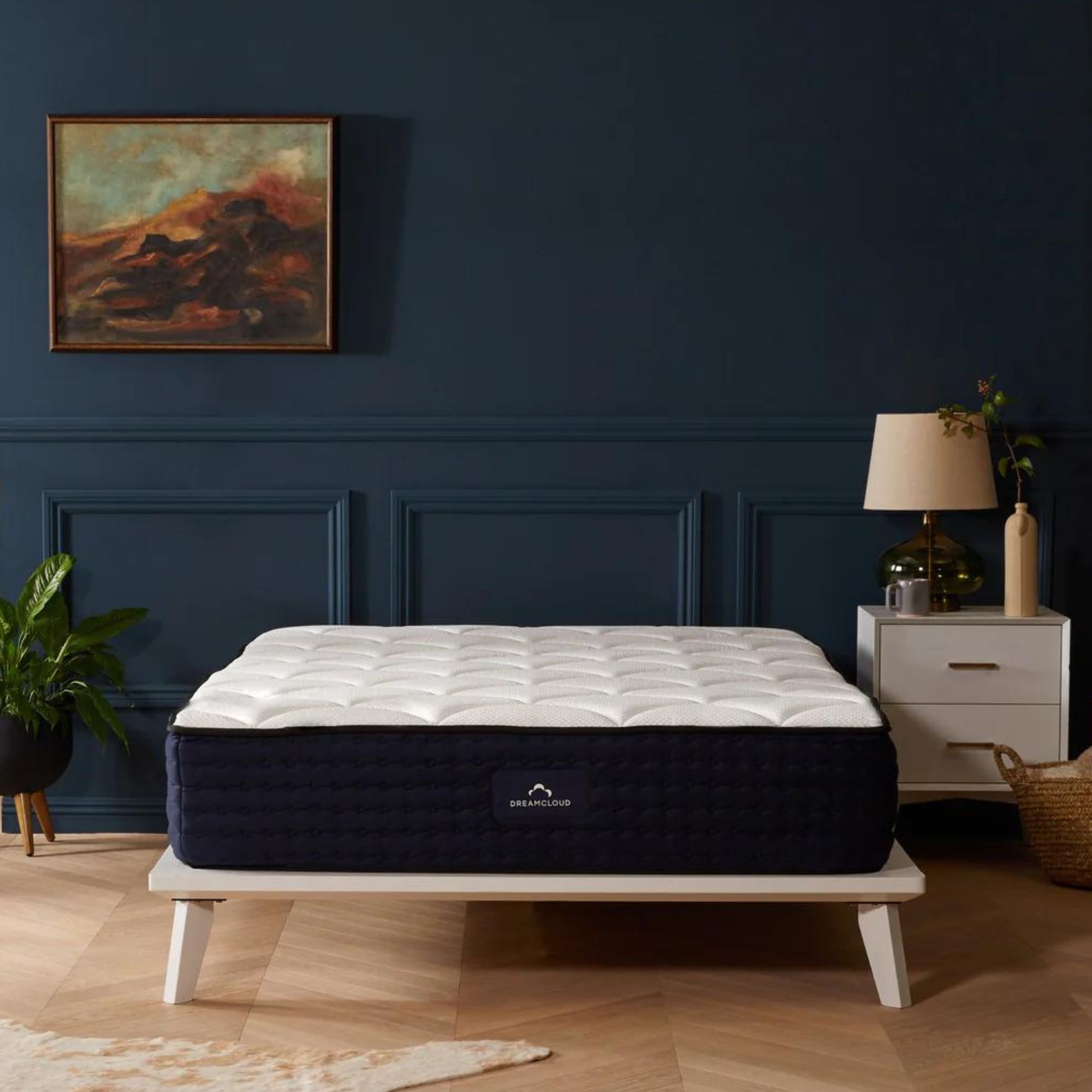
A pocket sprung base lends the DreamCloud Luxury Hybrid Mattress a lovely bit of bounce, just enough to bear your weight and spring back into shape once you get out of bed in the morning. The coils are reinforced with a heavy-duty gauge edge shield to enhance edge support.
You can find more detail in our DreamCloud Luxury Hybrid Mattress review.
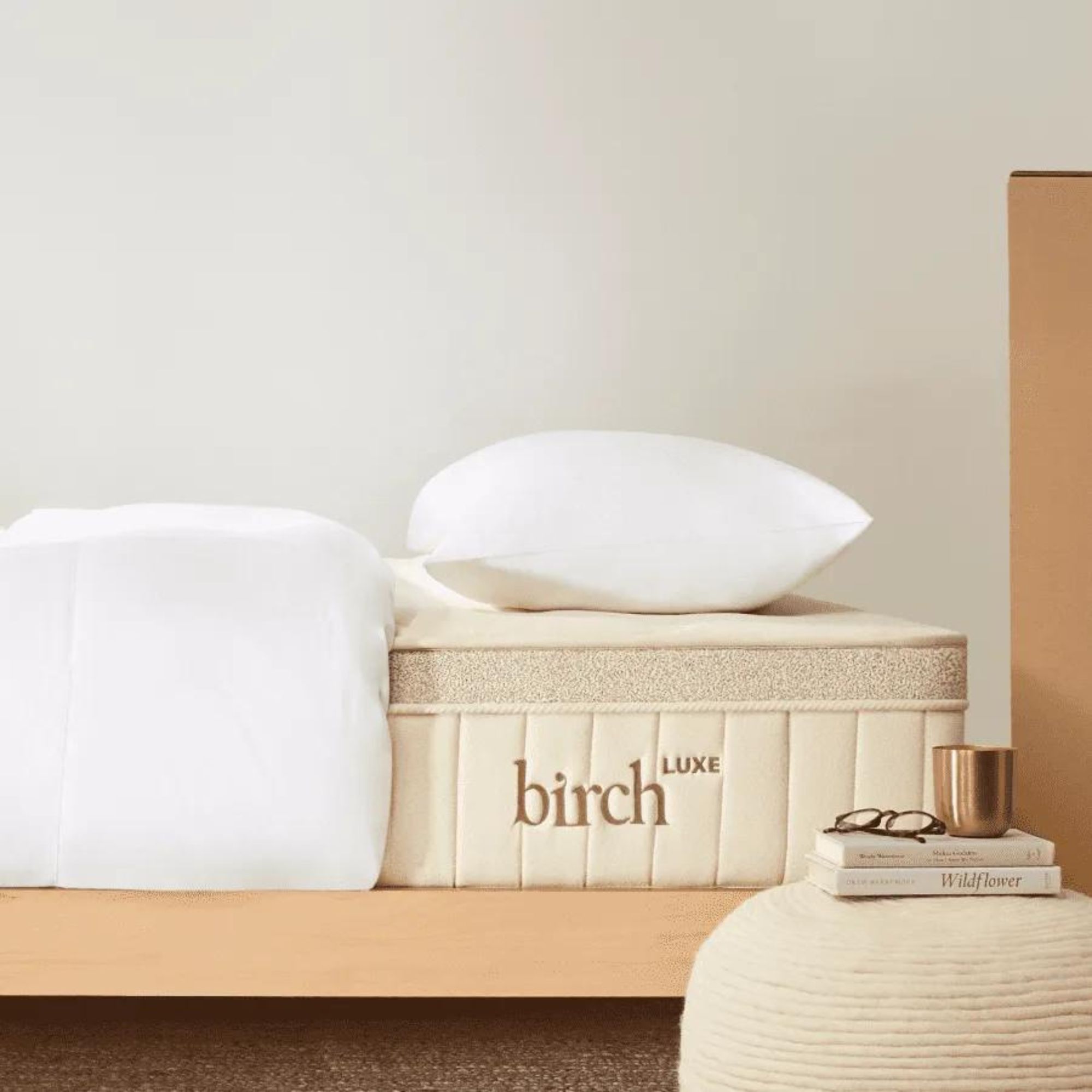
A pocket sprung mattress can still provide plush comfort. Take the Birch Luxe Natural Mattress: it's filled with natural latex for responsive support and padded with silk and cashmere, but it's founded on stainless steel coils, individually encased to minimize motion transfer.
You can find more detail in our Birch Luxe Natural Mattress review.
What are the cons of a pocket sprung mattress?
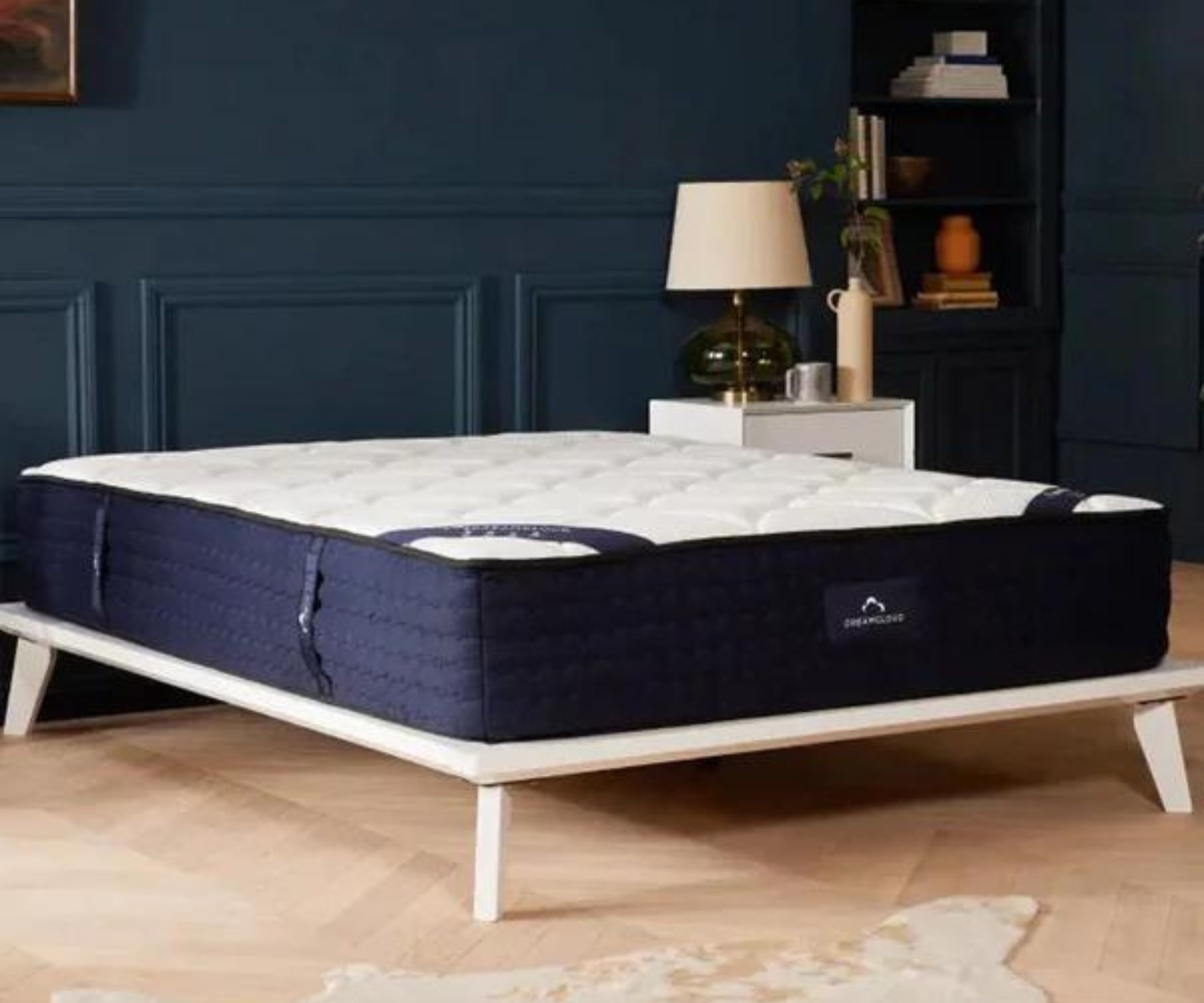
Not everybody is quite so keen on a pocket sprung mattress. When I interviewed licensed chiropractor Dr. Matt Tanneberg, he cautioned that 'a pocket sprung mattress would feel too firm for people who sleep on their sides'. That's because 'pocket sprung mattresses typically have thin and flimsy comfort layers compared to the size and strength of the steel spring core'. Very few of the best mattresses for side sleepers are pocket sprung models.
There's also the question of durability. Even the best pocket sprung mattress won't last you much longer than seven or eight years. All the wear and tear of nightly use can lead to sagging and loss of support. That's when the motion isolation will go and you'll start to feel your partner tossing and turning on the other side of the bed.

Dr. Matt is a licensed chiropractor with his own practice, the Body Check Chiropractic, based in Scottsdale, Arizona. A former collegiate hockey and baseball player, he now treats elite athletes.
Final thoughts
Now that you've made it to the end of this article, you might have realized that a pocket sprung mattress just isn't for you. Not to worry: you've still got plenty of options. A latex mattress would offer similar support and response with greater durability and sustainability. A gel mattress would feel just as breathable and far more comfortable than your average pocket sprung mattress.

Emilia is our resident sleep writer. She spends her days tracking down the lowest prices on the best mattresses and bedding and spends her nights testing them out from the comfort of her own home. Emilia leads a team of testers across America to find the best mattress for every sleep style, body type, and budget.
Emilia's quest to learn how to sleep better takes her all around the world, from the 3Z mattress factory in Glendale, Arizona to the Hästens headquarters in Köping, Sweden. She's interviewed luxury bedding designers at Shleep and Pure Parima, as well as the Design Manager at IKEA. Before she joined Homes & Gardens, Emilia studied English at the University of Oxford.